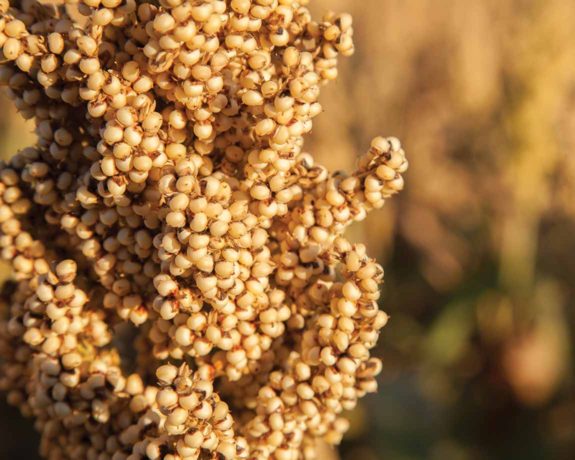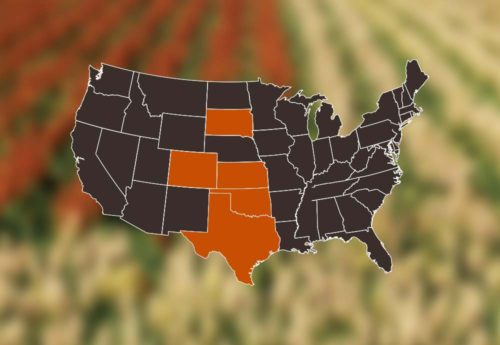
Discover More About Sorghum
Many people who are not in the agriculture industry have never heard of sorghum or are unsure as to what it is. However, sorghum holds an important role in the lives of millions of people around the world, including yours.
Sorghum is a non-GMO, gluten free, ancient grain that is most commonly used as feed for livestock but is also a popular food grain for people residing in Asia and Africa.
Because of it’s gluten free properties, sorghum is a welcome whole grain alternative for those who deal with gluten intolerance or celiac disease.
While not as popular as corn in the United States, this makes it an important crop among resource conscious farmers who recognize its ability to produce nutritious grain with less water and fertilizer. Thus making it an important part of many sustainable farming operations.
To learn more about sorghum nutritional information or recipes please visit our sister site. Simply Sorghum



